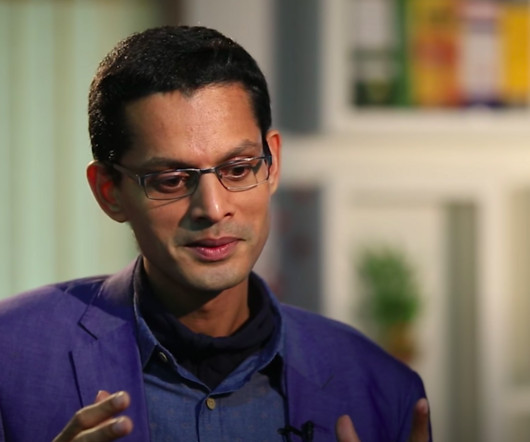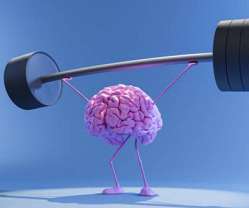New SPC referral to the CJEU on the interpretation of Art 3(a) and (c) for combination products (Merck v Clonmel)
The IPKat
MARCH 7, 2022
The question before the Irish Courts was whether a second SPC (SPC 2005/01) based on this combination product was valid. Furthermore, the primary inventive contribution of the patent was the disclosure of ezetimibe, and not its combined use with simvastatin.












Let's personalize your content